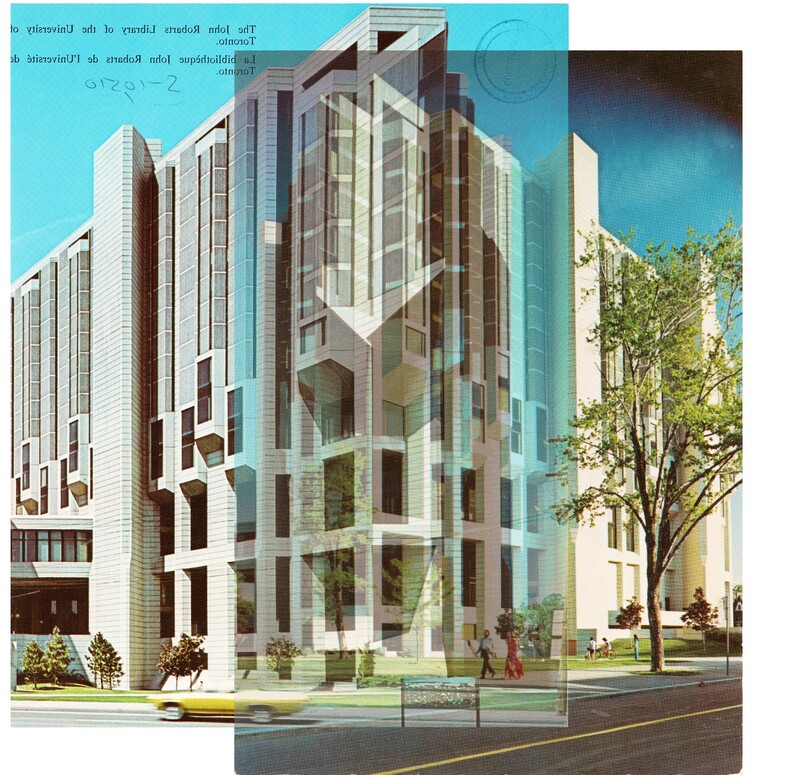
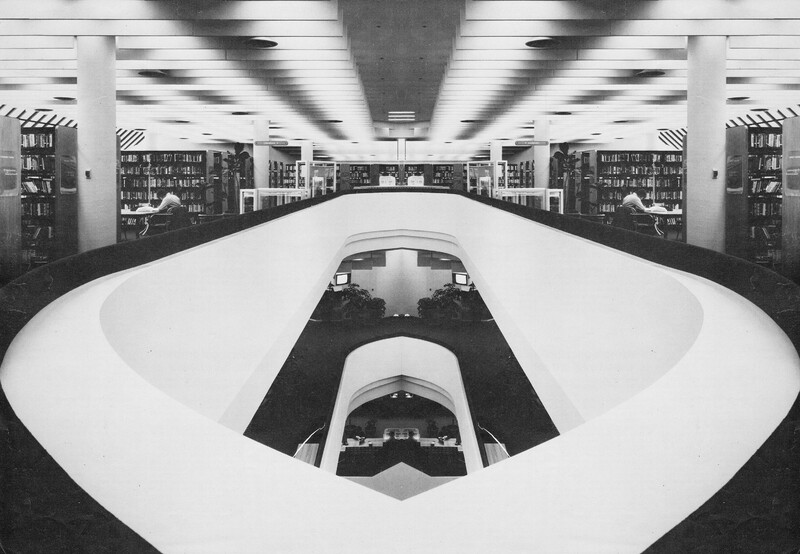
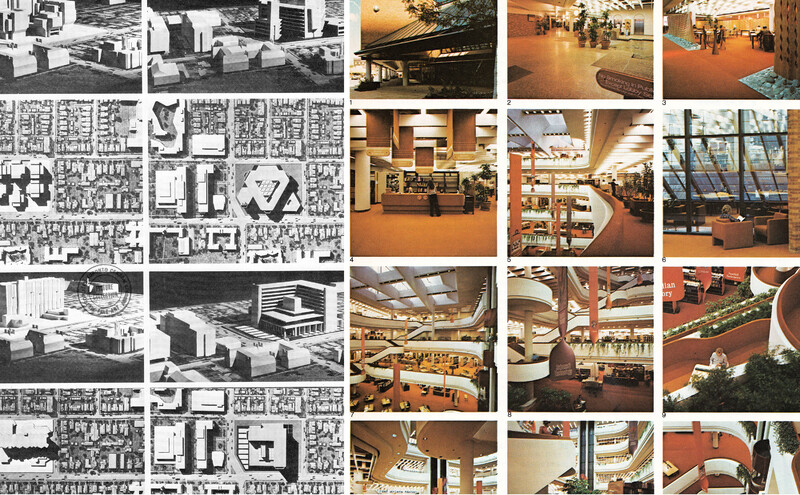
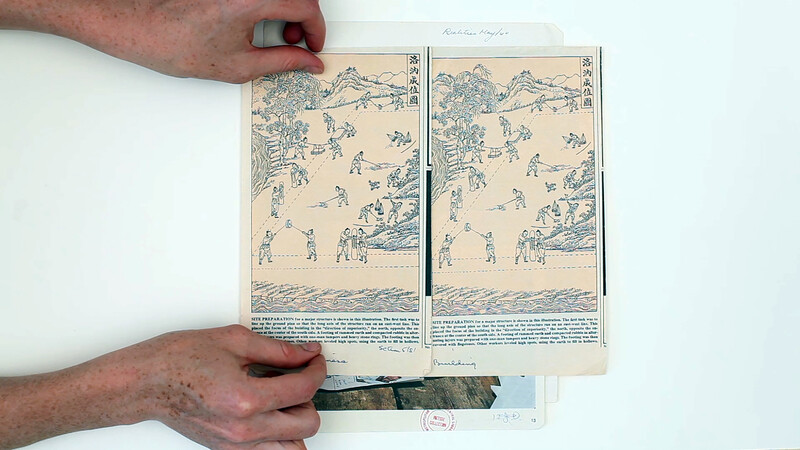
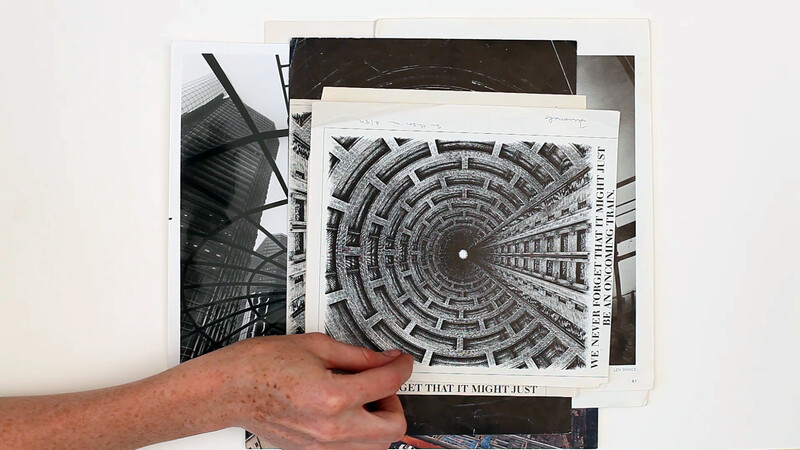
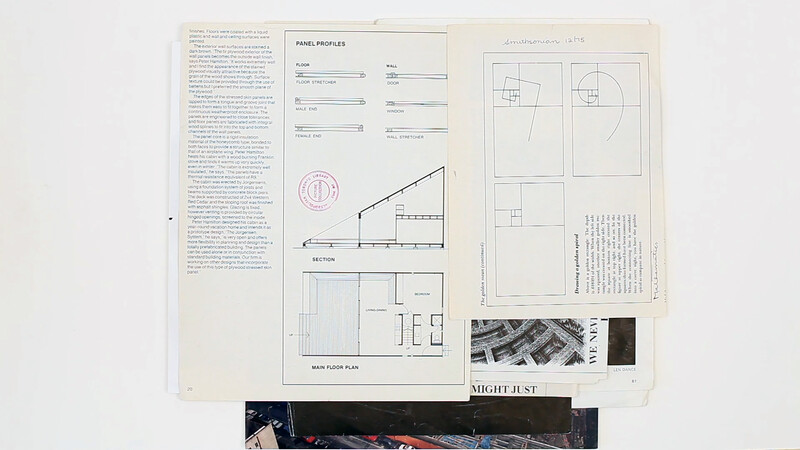
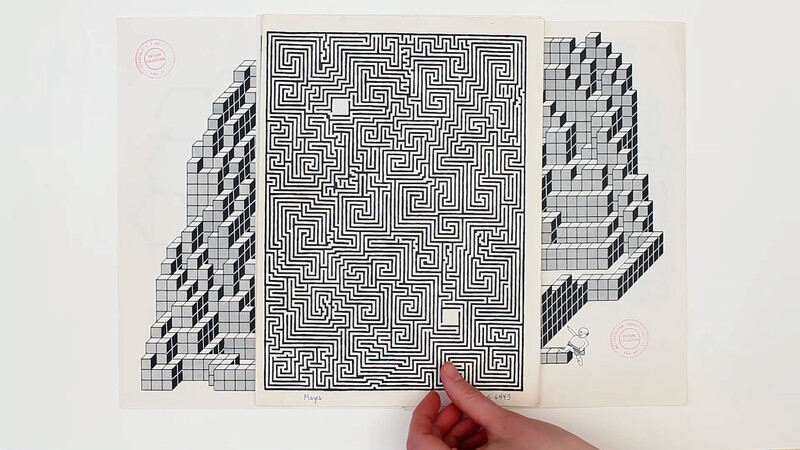
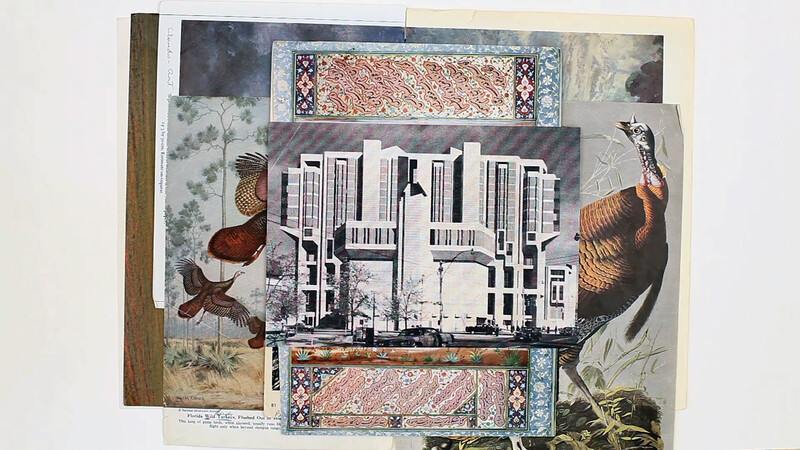

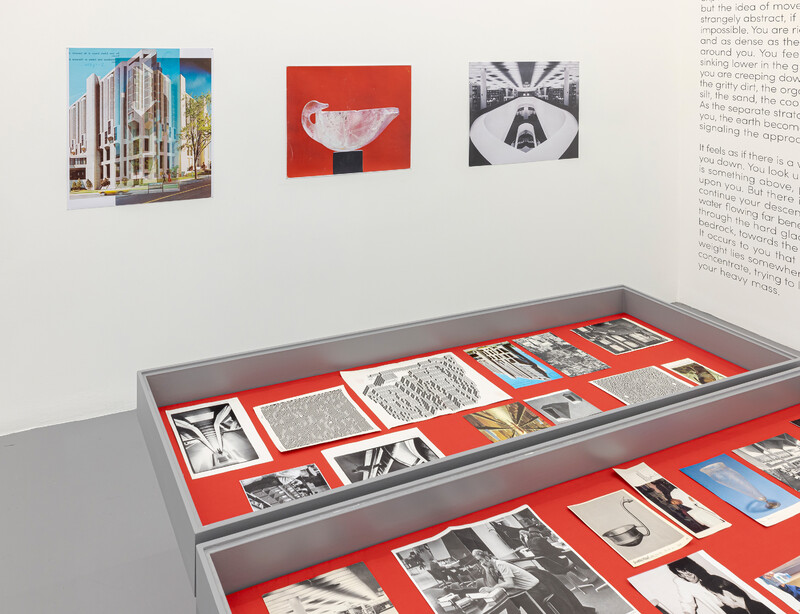
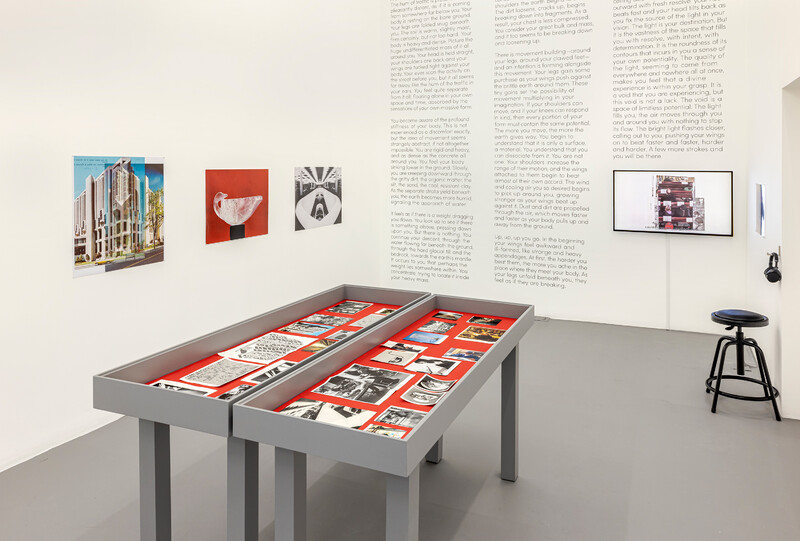
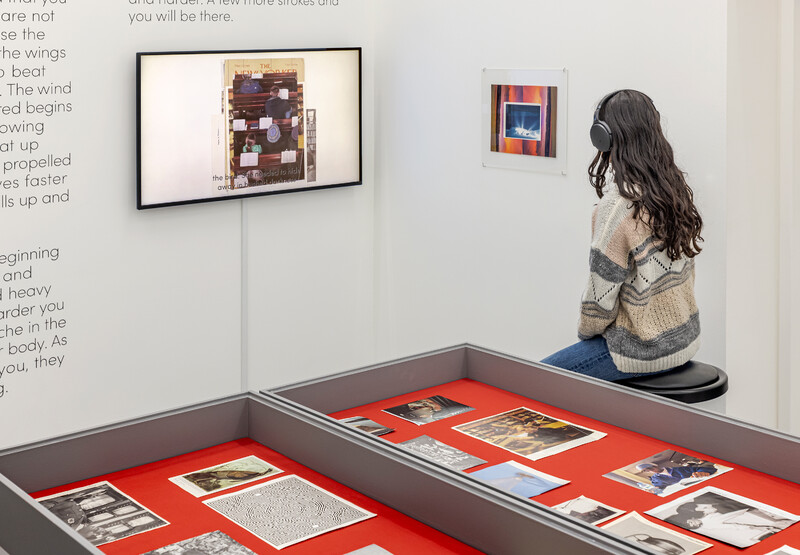
The Bird and the Cup
The Bird and the Cup weaves a narrative between the Toronto Reference Library (TRL) and the University of Toronto’s John P. Robarts Library, mining the former’s Picture Collection to speculate on architecture and archives. These two iconic buildings, and the Picture Collection itself, become the means through which the artists explore relationships between image and text, illustration and description, and the possibilities and limitations of architecture in public life. With images of Robarts and the TRL both gleaned from the Picture Collection, the two buildings are scrutinized for their divergent approaches to circulation and observation. These libraries, built as contemporaries following the social upheavals of the late 1960s, exemplify opposing ideals of institutional architecture: openness (TRL) and containment (Robarts).
The Bird and the Cup spans performance, publication, and installation, including two short stories authored by the artists. Each one chronicles a figure—a librarian and security guard, respectively—who experiences the embodied effects of institutional architecture. On a video using an overhead document camera, a procession of layered and collaged images accompanies Fortuné and MacDonell’s stories, which chronicle the experiences wrought by inviting and alienating buildings.
Within The Bird and the Cup, the Picture Collection heightens differences between media representations and embodied effects of architecture. Consisting of over a million images clipped and sorted by image librarians, the Picture Collection serves as a visual taxonomy of popular media since its creation. In the artists’ installation, loaned images from the Collection bear annotations and marginalia which hint at its eclectic and overarching structure; in their hands, its generalizing ambitions give way to difference and singularity.

The Blackwood
University of Toronto Mississauga
3359 Mississauga Road
Mississauga, ON L5L 1C6
[email protected]
(905) 828-3789
The galleries are open. Hours of operation: Monday–Saturday, 12–5pm.
Facebook | Twitter | Instagram
Sign up to receive our newsletter.
The Blackwood is situated on the Territory of the Mississaugas of the Credit, Seneca, and Huron-Wendat.